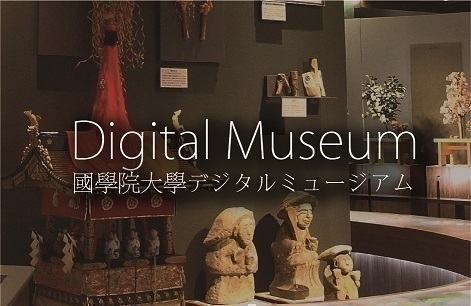- トップ
- Encyclopedia of Shinto
- Ōgimachi Kinmichi
Encyclopedia of Shinto
| Main Menu: | |
| Links: |
詳細表示 (Complete Article)
| カテゴリー1: | 8. Schools, Groups, and Personalities |
|---|---|
| カテゴリー2: | Personalities |
| Title | Ōgimachi Kinmichi |
| Text | (1653-1733) An advocate of Suika Shintō of the mid-Edo era, born on the twenty-sixth day of the sixth month of 1653 as the last child of Ōgimachi Takatoyo, Provisional Major Councilor (gon-dainagon, a high court official). Kinmichi used the epistolary names Fūsuiō and Fūsuiken, and was given the posthumous religious name Sumori. He was appointed to the successive ranks of Chamberlain (jijū), konoe shō/chūjō (ranks equivalent to Major General and Lieutenant General of the Palace Guard), Councilor (sangi), and Provisional Major Councilor. He reported to the Tokugawa shogunate on the affairs of military families, and was conferred the Junior First court rank. Ōgimachi became a disciple of Yamazaki Ansai (1619-1682) in 1680, and in a few years of study became his most prized pupil. According to the Ansai-sensei ekisaku fujō, when Yamazaki was on his deathbed in 1682, he entrusted the Nakatomi no harae fūsuisō (a document written by Ansai in his later years that outlines the harae purification rituals central to Suika Shintō) to Ōgimachi. Thereafter, Ōgimachi oversaw the growth and development of Suika Shintō. His authority was further supported by the endorsement of Emperor Gosai (1637-85), who ordered that the teachings of the Fūsuisō be made the family secret of the Ōgimachi and not to be shared with outsiders. Thereafter, Suika Shintō also came to be known as Ōgimachi Shintō. This text also served as the basis of the Jijushō, an instruction manual used to guide the many disciples of the school, who included Atobe Yoshiakira (1657-1729) and Tamaki Masahide (1670-1736). Ōgimachi Kinmichi died on the twenty-second day of the seventh month of 1733, at the age of eighty-one. His works include Ōgimachi Kinmichi kyōkuketsu and Mukyūki. See Ōgimachi Shintō. — Yazaki Hiroyuki |




